Home>Gardening & Outdoor>Landscaping Ideas>What Kind Of Grass Is Sod
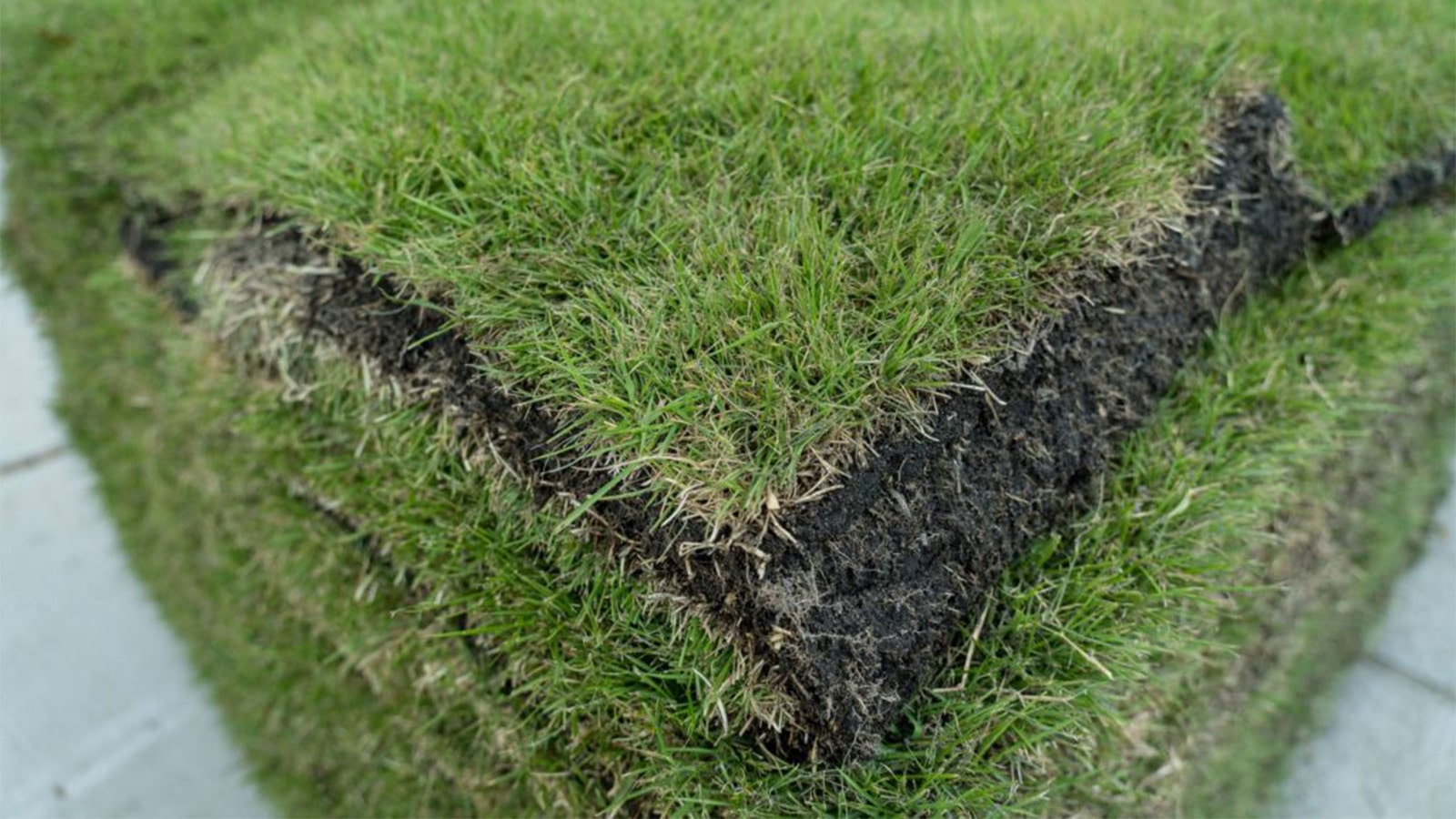

Landscaping Ideas
What Kind Of Grass Is Sod
Published: January 28, 2024
Discover the best landscaping ideas for your yard with sod grass. Learn about the different types of sod and find the perfect fit for your landscaping project.
(Many of the links in this article redirect to a specific reviewed product. Your purchase of these products through affiliate links helps to generate commission for Storables.com, at no extra cost. Learn more)
**
Introduction
**
When it comes to creating a lush, vibrant lawn, sod can be a game-changer. Whether you're a seasoned gardener or a novice homeowner, the term "sod" may have piqued your curiosity. What exactly does it entail, and what kind of grass is used for sod? In this comprehensive guide, we'll delve into the world of sod, exploring its definition, the types of grass commonly used, the benefits it offers, and essential care tips to ensure your sodded lawn flourishes. By the end of this journey, you'll be equipped with the knowledge to transform your outdoor space into a verdant oasis. So, let's embark on this green adventure and uncover the wonders of sod!
Key Takeaways:
- Sod is a pre-grown layer of grass and soil that instantly transforms outdoor spaces, offering benefits like erosion control, weed suppression, and enhanced property value. It’s a game-changer for creating lush, vibrant lawns with minimal effort.
- Different types of grass, like Kentucky Bluegrass and Bermuda Grass, are used for sod, each with unique characteristics suited for specific climates and usage scenarios. By choosing the right sod variety and following essential care practices, property owners can nurture resilient, visually captivating landscapes.
Read more: When To Install Sod Grass
Definition of Sod
Before delving into the types of grass used for sod and its myriad benefits, it’s essential to understand the concept of sod itself. Essentially, sod is a cultivated layer of grass and soil that is expertly grown and nurtured by professional sod farmers. This living, breathing carpet of greenery is carefully cultivated to ensure its health and vitality, making it an ideal choice for establishing or rejuvenating a lawn.
When you opt for sod, you’re essentially investing in a pre-grown lawn that is ready to be transplanted onto your property. This offers a distinct advantage over traditional seeding methods, as sod provides an instant, uniform layer of grass that immediately enhances the aesthetic appeal of your outdoor space. Whether you’re aiming to revamp your backyard, create a play area for children, or boost the curb appeal of your home, sod can expedite the process and yield stunning results.
Moreover, sod is not limited to residential applications. Its versatility extends to commercial and recreational spaces, such as sports fields, golf courses, and public parks, where the need for a durable, visually appealing lawn is paramount.
In essence, sod represents a harmonious marriage of nature and human ingenuity, offering a convenient and efficient means of establishing a lush, verdant landscape. Now that we’ve established the fundamental nature of sod, let’s explore the various types of grass that are commonly used in sod production.
Types of Grass Used for Sod
When it comes to selecting the right sod for your lawn, the type of grass utilized plays a pivotal role in determining the overall appearance, resilience, and maintenance requirements of your green expanse. Sod farms typically cultivate several varieties of grass, each with its unique characteristics and suitability for specific climates and usage scenarios. Let’s explore some of the most popular types of grass used for sod:
1. Kentucky Bluegrass (Poa pratensis):
Kentucky bluegrass is renowned for its lush, dense growth and fine texture, making it a sought-after choice for residential lawns. This cool-season grass thrives in northern regions and exhibits excellent cold tolerance, ensuring year-round appeal in temperate climates.
2. Bermuda Grass (Cynodon dactylon):
With its exceptional heat tolerance and rapid growth, Bermuda grass is a popular warm-season sod choice. Its resilience in hot climates and high traffic areas makes it a top contender for lawns, sports fields, and recreational spaces.
3. Zoysia Grass (Zoysia spp.):
Zoysia grass is celebrated for its lush, carpet-like appearance and exceptional drought tolerance. This warm-season grass thrives in moderate to hot climates, making it an ideal candidate for lawns, golf courses, and commercial landscapes.
4. Fescue Grass (Festuca spp.):
Fescue grass encompasses several species, including tall fescue and fine fescue, each offering distinct attributes such as shade tolerance, low maintenance requirements, and adaptability to various soil types. These cool-season grasses are well-suited for lawns in transitional climate zones.
These are just a few examples of the diverse grass species used in sod production. It’s important to consider factors such as climate, soil conditions, sun exposure, and intended usage when selecting the most suitable sod variety for your landscaping project. By choosing the right type of grass for your sod, you can lay the foundation for a thriving, visually captivating lawn that enhances the allure of your outdoor space.
When choosing sod, consider the climate and soil type of your area. For example, Bermuda grass is good for warm climates, while fescue is better for cooler regions.
Benefits of Sod
Sod offers a myriad of advantages that make it an appealing choice for homeowners, landscapers, and property developers seeking to establish vibrant, healthy lawns with minimal time and effort. Let’s explore the numerous benefits that sod brings to the table:
1. Instant Gratification:
Unlike traditional seeding methods, sod provides an instant, lush lawn upon installation. This means you can enjoy a verdant landscape in a matter of hours, rather than waiting weeks or months for seeds to germinate and mature.
2. Erosion Control:
Sod acts as a natural erosion deterrent, preventing soil erosion on slopes and stabilizing the ground in various landscaping scenarios. This is particularly advantageous in areas prone to heavy rainfall or soil disturbance.
3. Weed Suppression:
By establishing a dense, uniform layer of grass, sod effectively suppresses weed growth, reducing the need for herbicides and tedious weeding efforts. This contributes to a cleaner, more pristine lawn with minimal maintenance requirements.
4. Enhanced Property Value:
A well-maintained sodded lawn significantly enhances the curb appeal and overall value of a property. Whether you’re preparing to sell or simply aiming to elevate the aesthetics of your home, sod can make a substantial impact on the perceived value of your real estate.
5. Soil Stabilization:
Sod helps stabilize the soil, preventing erosion and promoting healthy root development. This is particularly beneficial in high-traffic areas and locations where soil integrity is crucial, such as parks, playgrounds, and recreational spaces.
6. Temperature Regulation:
The cooling effect of sod reduces ambient temperatures, making outdoor spaces more comfortable during hot weather. This can be especially advantageous for residential lawns, outdoor gathering areas, and recreational facilities.
By leveraging the numerous benefits of sod, property owners can transform their outdoor spaces into inviting, resilient landscapes that enhance the visual appeal and functionality of their properties. Now that we’ve explored the advantages of sod, let’s delve into essential care practices to ensure the longevity and vitality of your sodded lawn.
How to Care for Sod
Proper care is essential to ensure that your sodded lawn flourishes and maintains its lush, vibrant appearance. By following these essential care guidelines, you can nurture your sod and cultivate a resilient, visually captivating landscape:
1. Watering:
Immediately after sod installation, it’s crucial to water the lawn thoroughly to promote root establishment. For the first two weeks, ensure that the sod receives consistent moisture, typically through daily watering. As the roots take hold, gradually transition to a less frequent watering schedule, allowing the soil to dry slightly between watering sessions.
2. Mowing:
Once the sod has rooted firmly and reached an optimal height, typically around 3 to 4 inches, it’s time for the inaugural mowing. Use a sharp mower blade and adhere to the one-third rule, never removing more than one-third of the grass blade length in a single mowing session. This promotes healthy growth and minimizes stress on the sod.
3. Fertilization:
Applying a high-quality fertilizer specifically formulated for new sod can bolster its growth and resilience. Consult with a local gardening center or sod provider to determine the most suitable fertilizer and application schedule for your sodded lawn.
4. Weed Control:
While sod naturally suppresses weed growth, it’s essential to monitor the lawn for any emerging weeds and promptly address them to prevent competition for vital nutrients and moisture. Utilize targeted herbicides or manual removal to keep weeds at bay.
5. Aeration:
Periodic aeration helps alleviate soil compaction, allowing air, water, and nutrients to penetrate the root zone more effectively. This promotes robust root development and overall lawn health, particularly in high-traffic areas.
6. Pest and Disease Management:
Keep a vigilant eye on your sod for signs of pests or diseases, such as discoloration, thinning patches, or irregular growth patterns. Promptly address any issues with targeted treatments to safeguard the vitality of your lawn.
By adhering to these care practices, you can foster the optimal growth and resilience of your sodded lawn, ensuring that it remains a lush, inviting centerpiece of your outdoor environment. Now that we’ve explored the essential care regimen for sod, let’s conclude our journey through the verdant realm of sodded landscapes.
Read more: How To Cut Sod Grass
Conclusion
As we conclude our exploration of sod and its multifaceted attributes, it’s evident that sod represents a transformative asset for homeowners, landscapers, and property developers alike. The instant gratification, erosion control, weed suppression, and enhanced property value offered by sod make it a compelling choice for establishing vibrant, resilient lawns with minimal effort.
By understanding the diverse types of grass used for sod and their respective suitability for various climates and usage scenarios, property owners can make informed decisions when selecting the ideal sod variety for their landscaping projects. Whether it’s the lush, dense growth of Kentucky bluegrass, the heat tolerance of Bermuda grass, the drought resistance of Zoysia grass, or the adaptability of Fescue grass, there’s a sod type to suit every landscape need.
Furthermore, the comprehensive care guidelines outlined for sod, encompassing watering, mowing, fertilization, weed control, aeration, and pest and disease management, empower property owners to nurture their sodded lawns and ensure their long-term vitality and visual appeal.
Ultimately, sod transcends its role as a mere landscaping element, evolving into a living, breathing testament to the seamless integration of nature and human innovation. It is a tangible manifestation of the desire to create inviting, sustainable outdoor spaces that enrich our lives and elevate the aesthetic and functional value of our properties.
As you embark on your sodding journey, may the knowledge and insights gained from this guide empower you to cultivate a verdant oasis that beckons with its lush beauty and enduring resilience. Embrace the wonders of sod, and let its verdant tapestry weave a captivating narrative within your outdoor realm.
With each blade of grass, sod breathes life into your landscape, transforming it into a thriving, vibrant sanctuary that beckons you to revel in its natural splendor.
Frequently Asked Questions about What Kind Of Grass Is Sod
Was this page helpful?
At Storables.com, we guarantee accurate and reliable information. Our content, validated by Expert Board Contributors, is crafted following stringent Editorial Policies. We're committed to providing you with well-researched, expert-backed insights for all your informational needs.
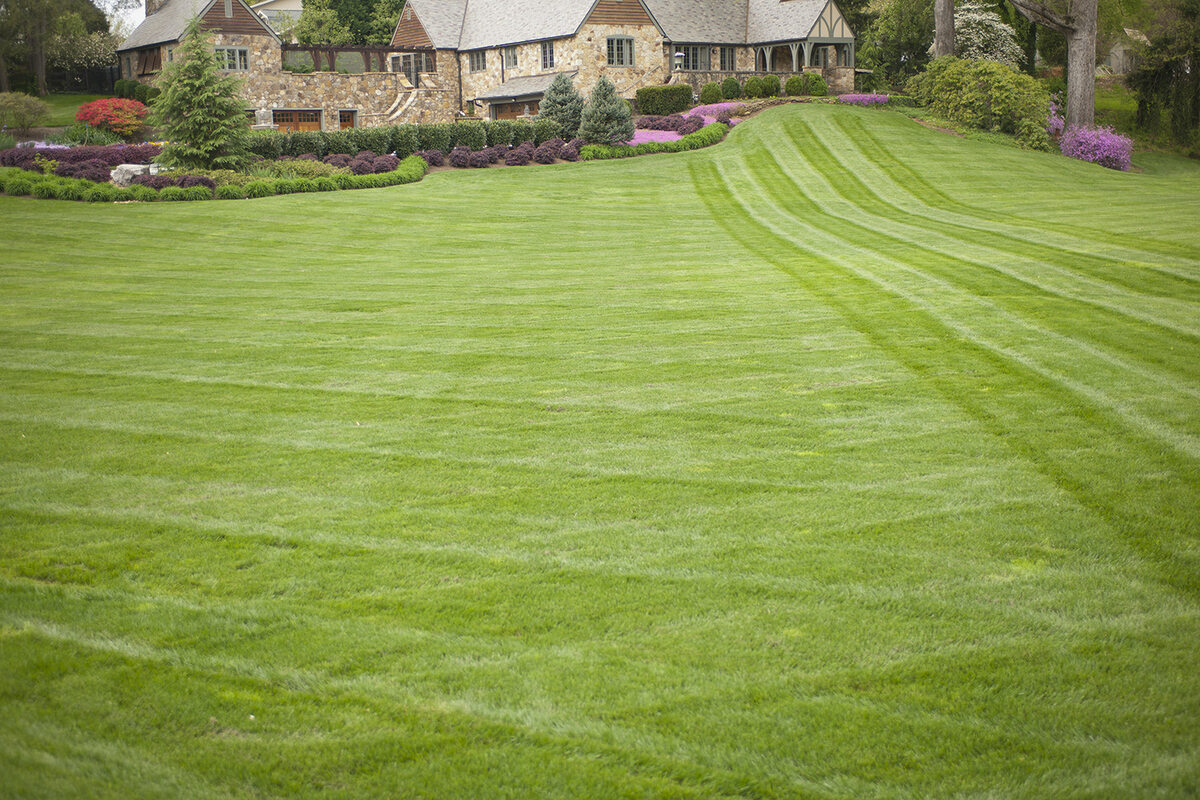
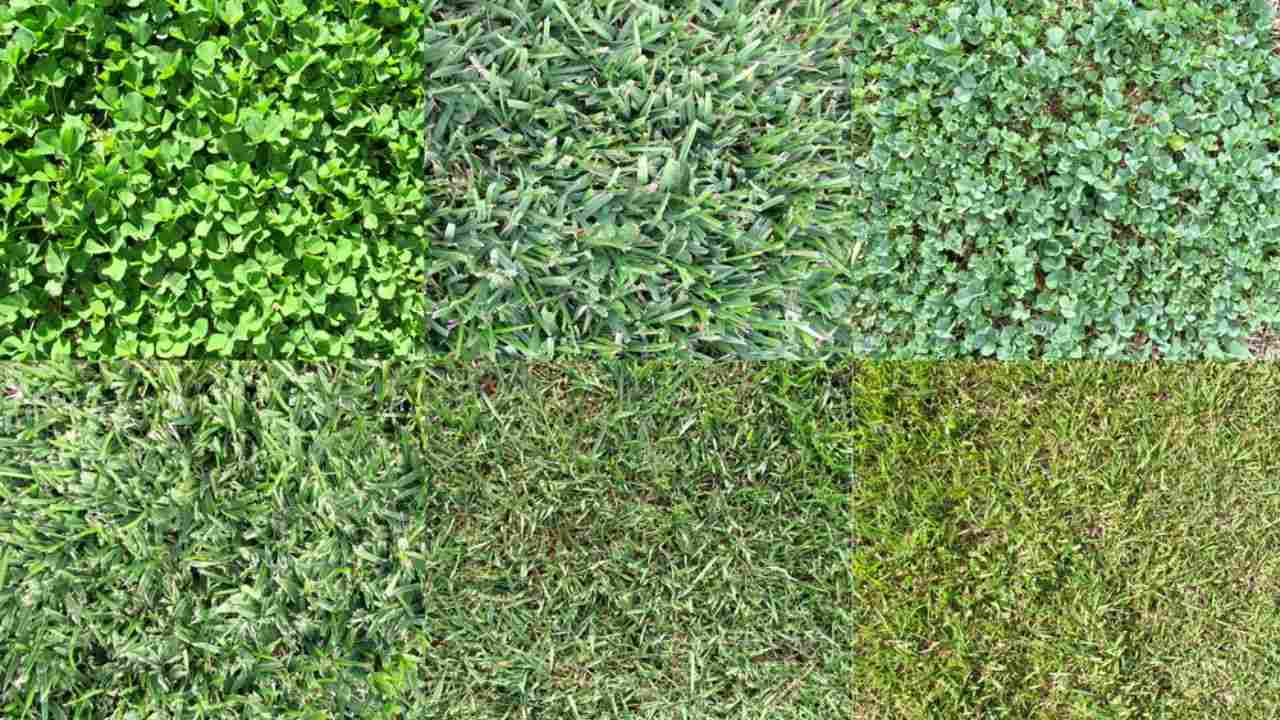
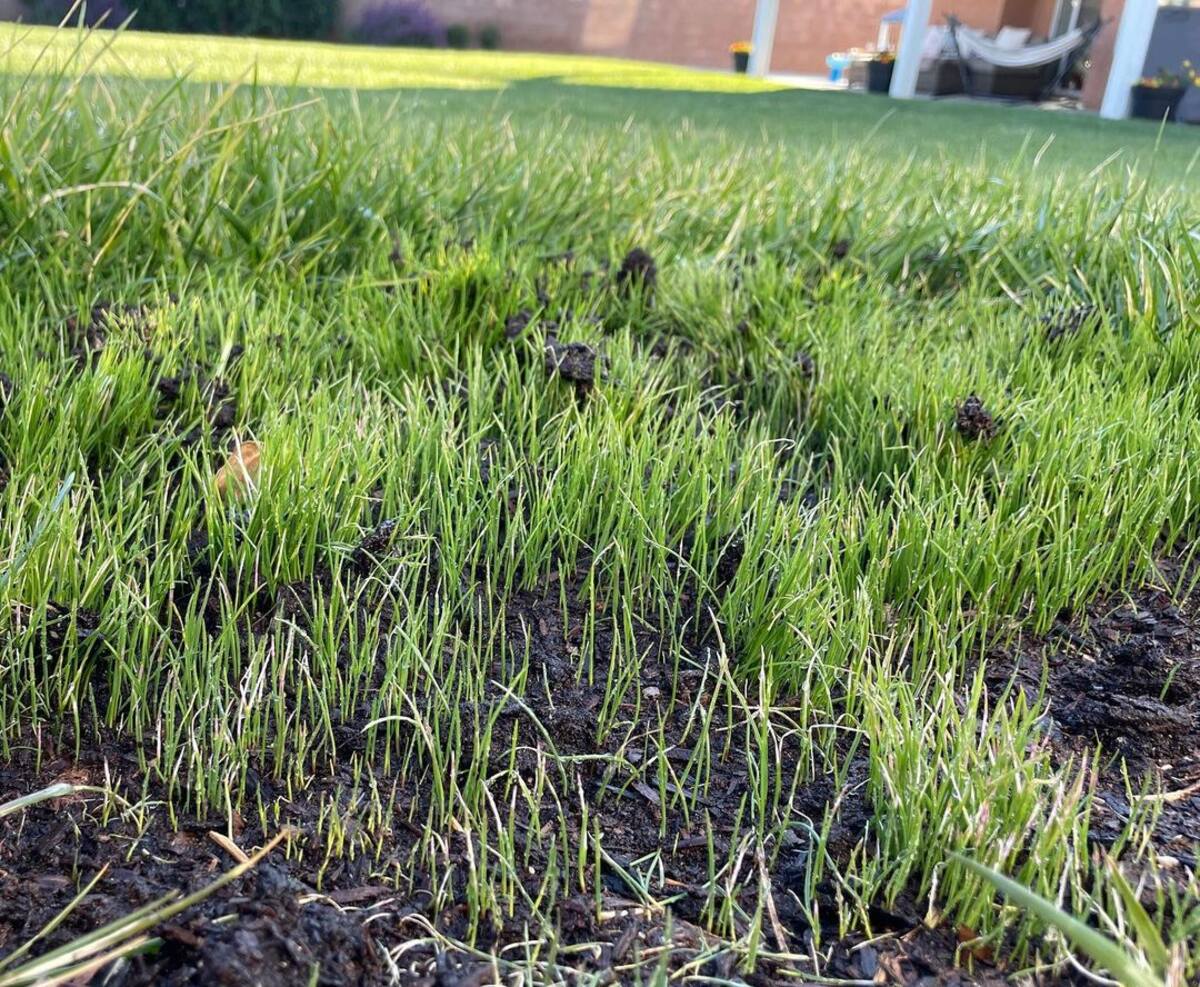

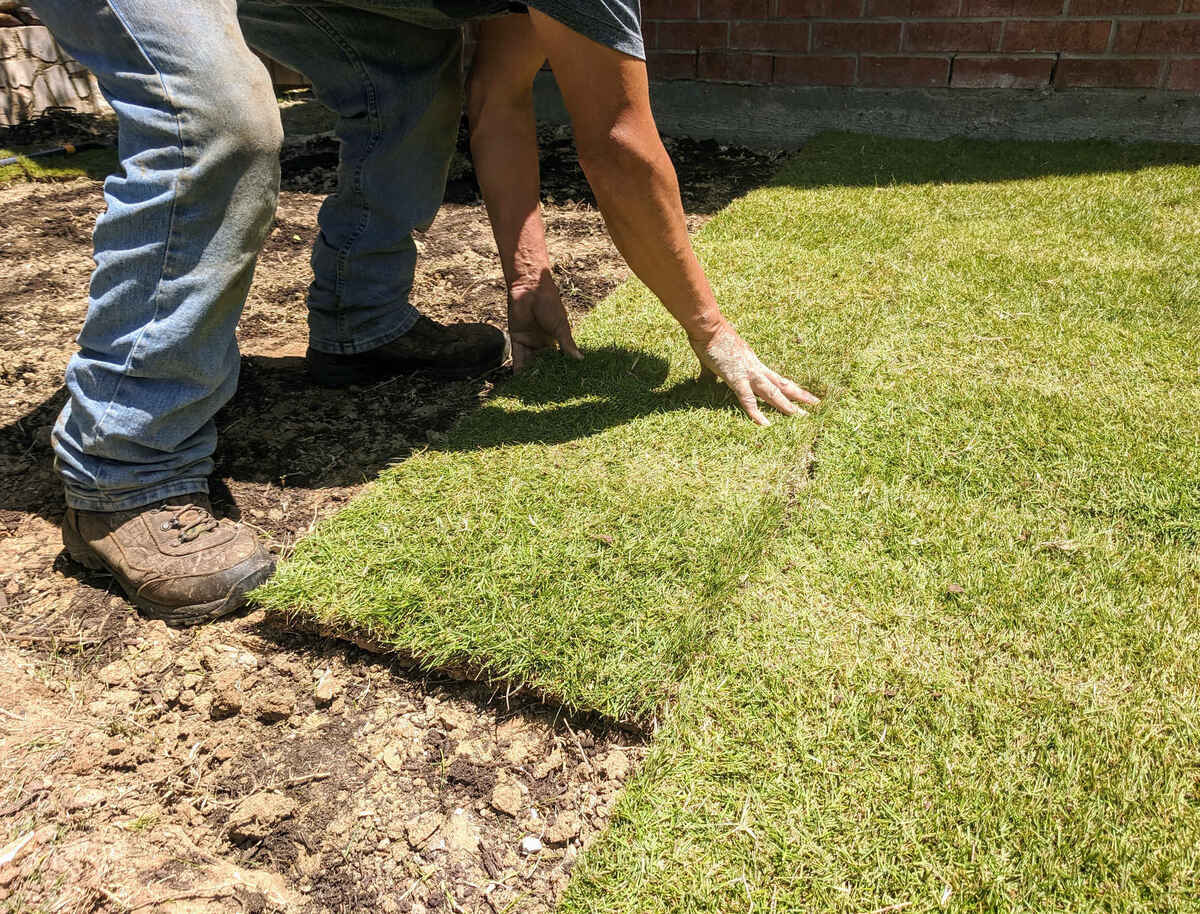
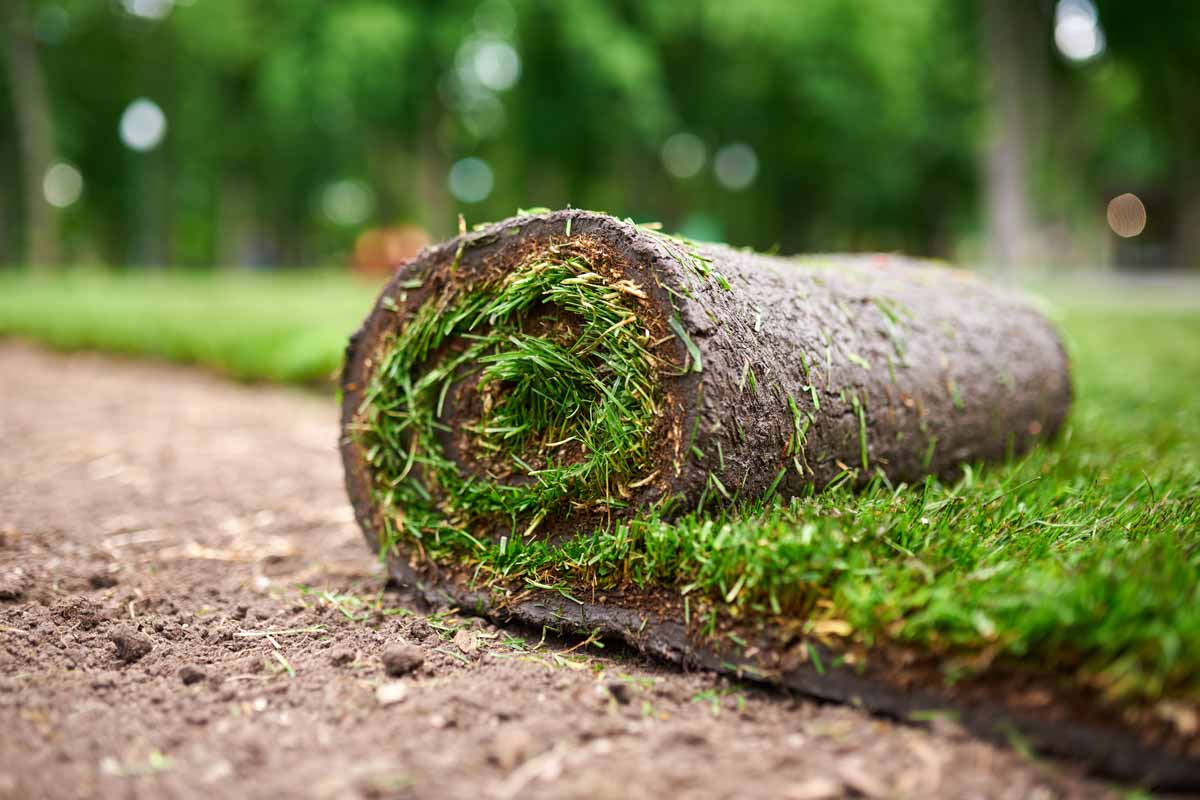
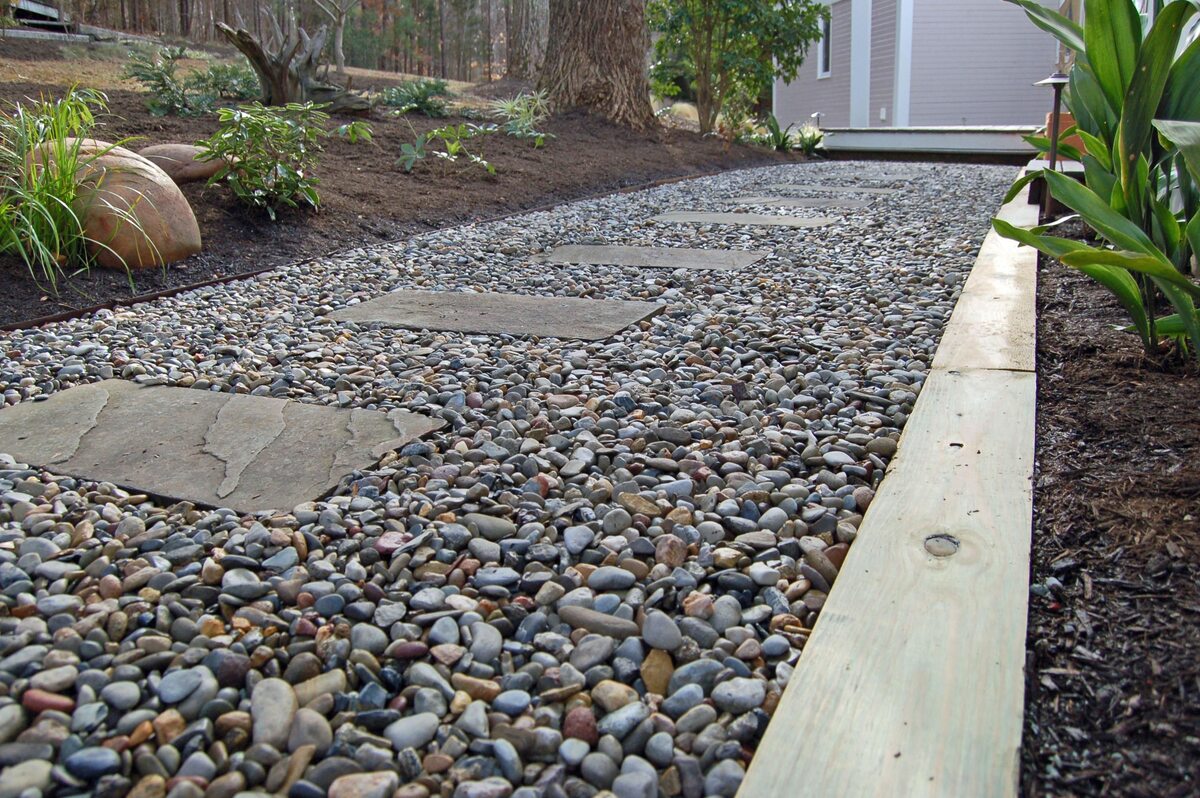
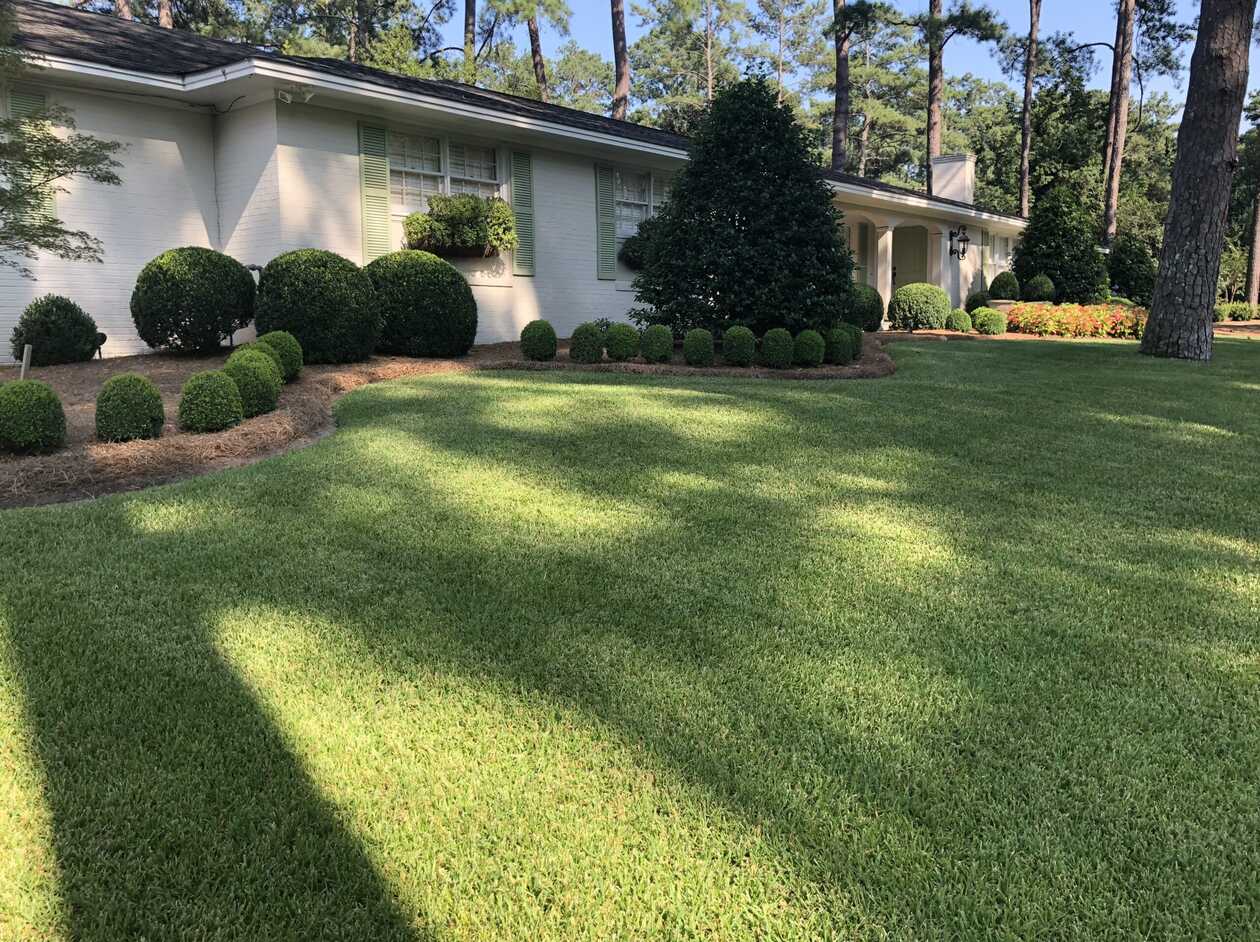
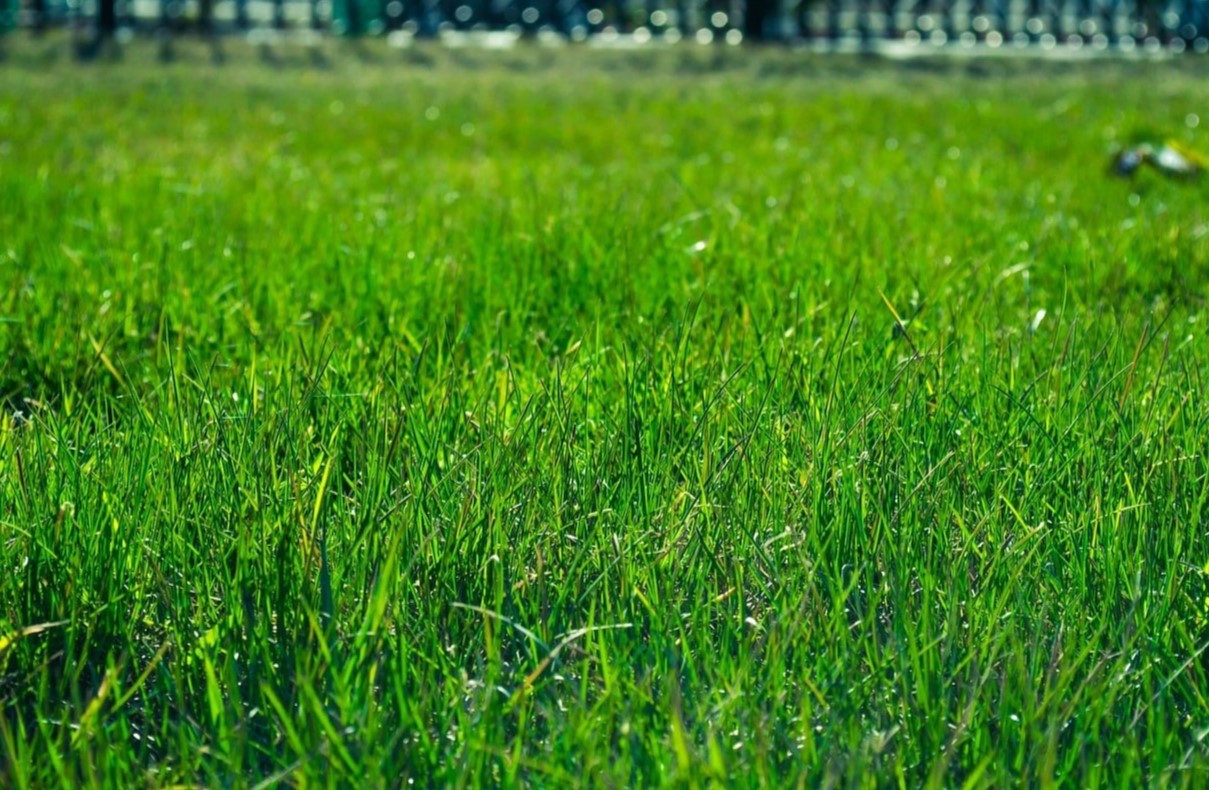
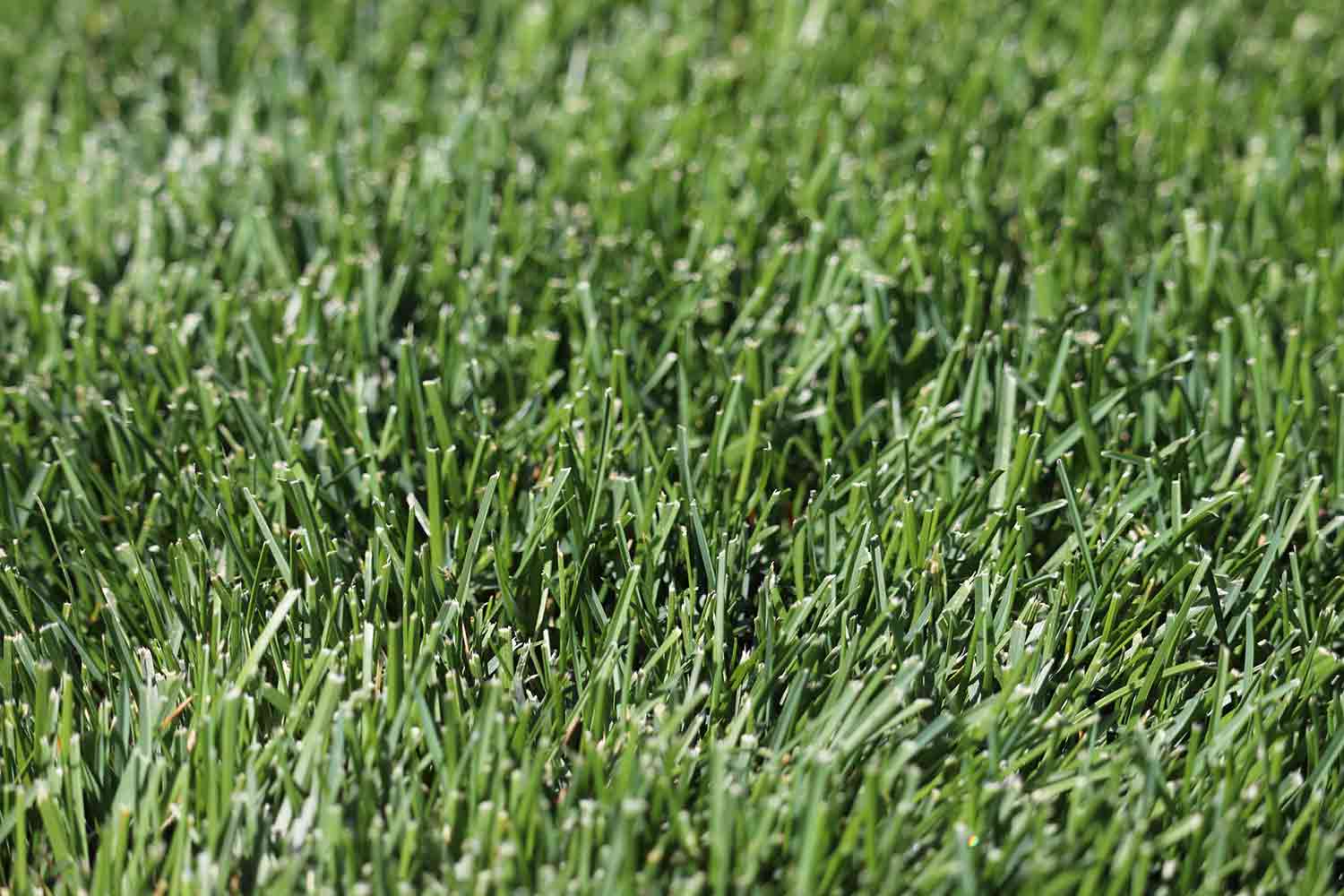
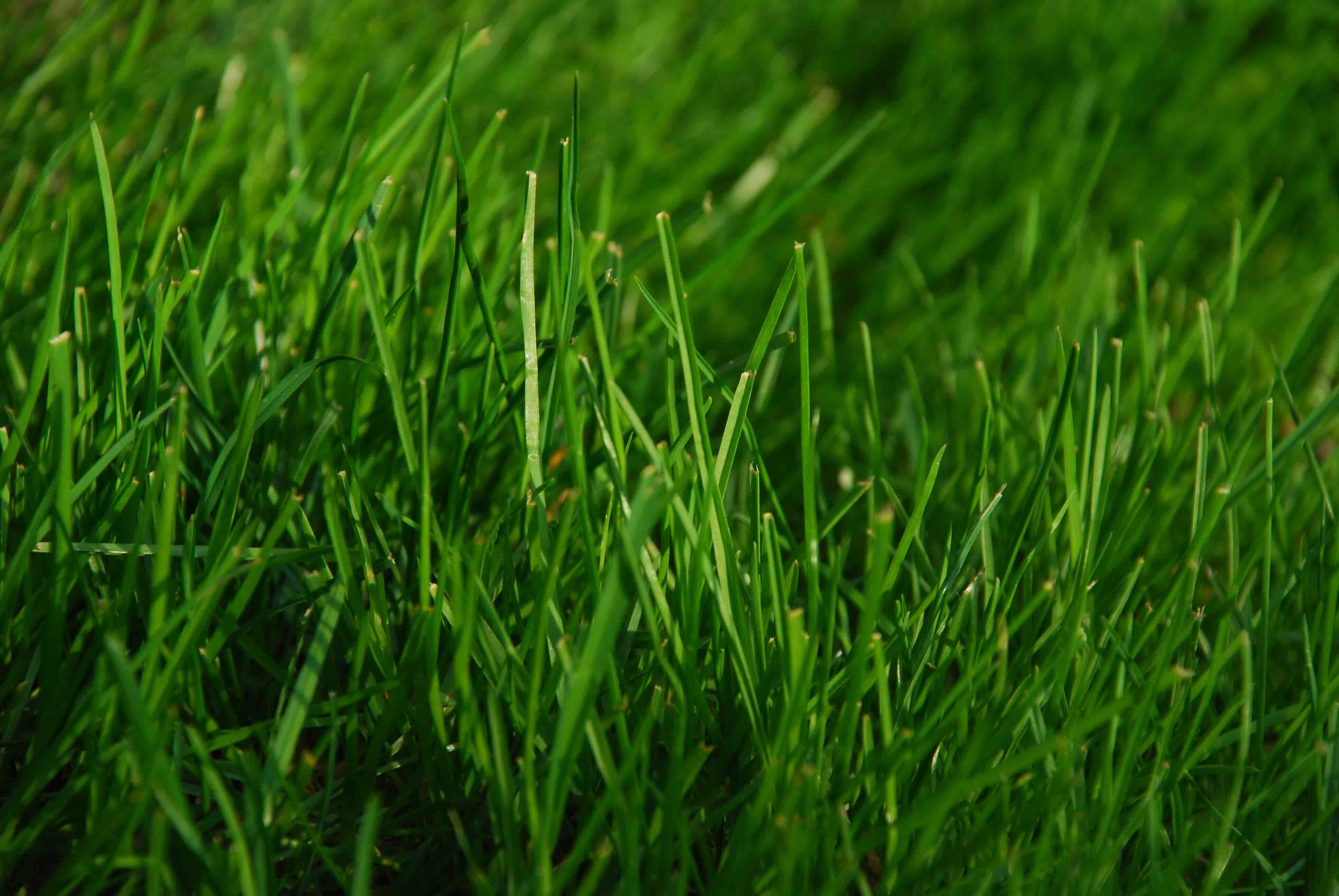
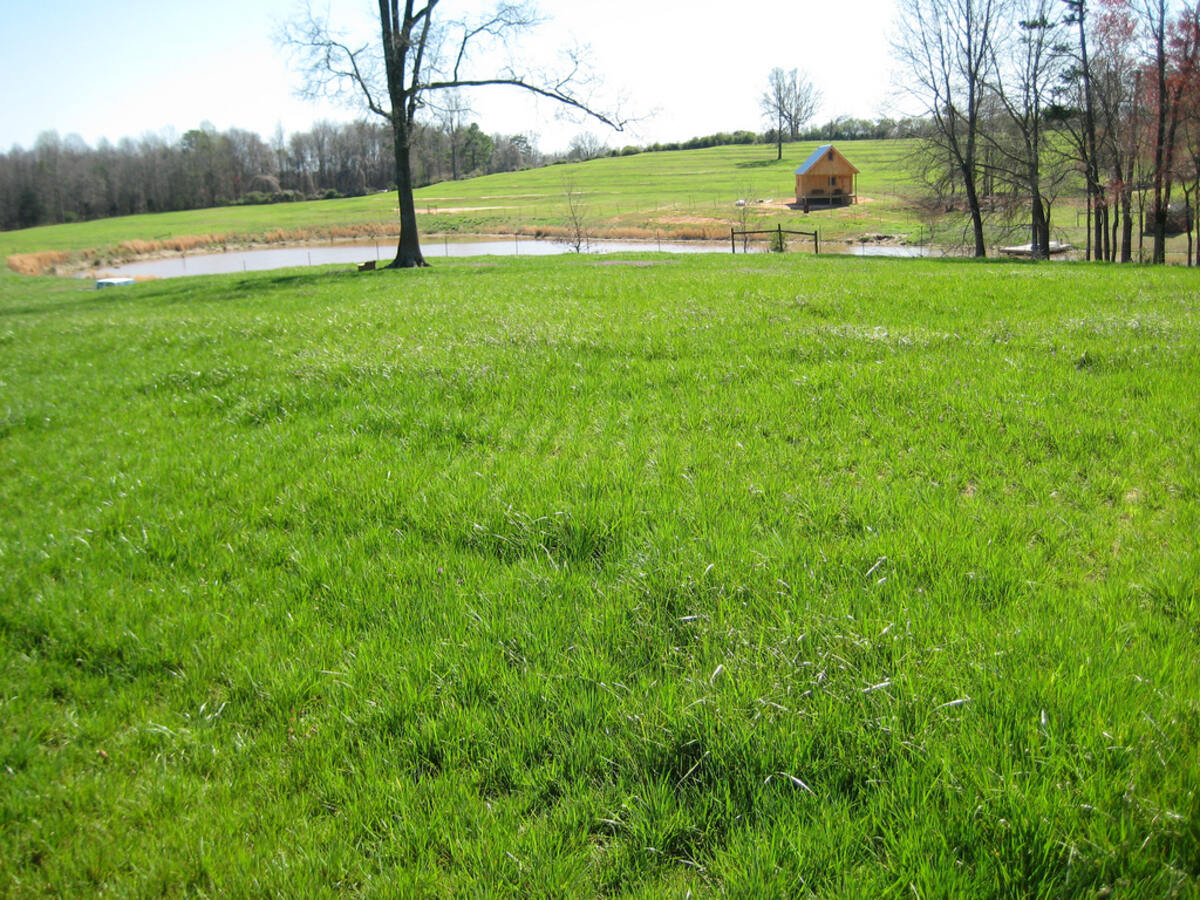
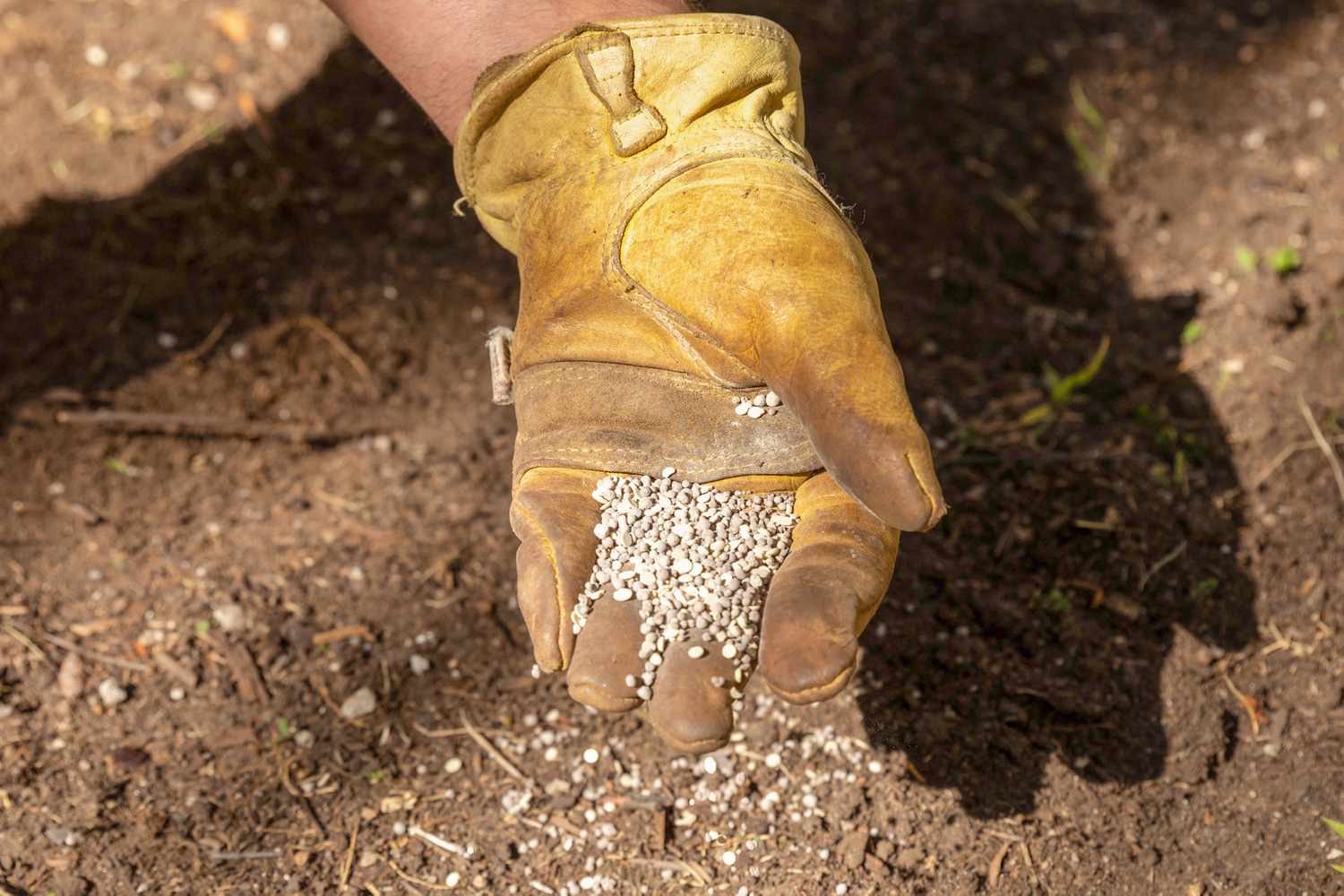
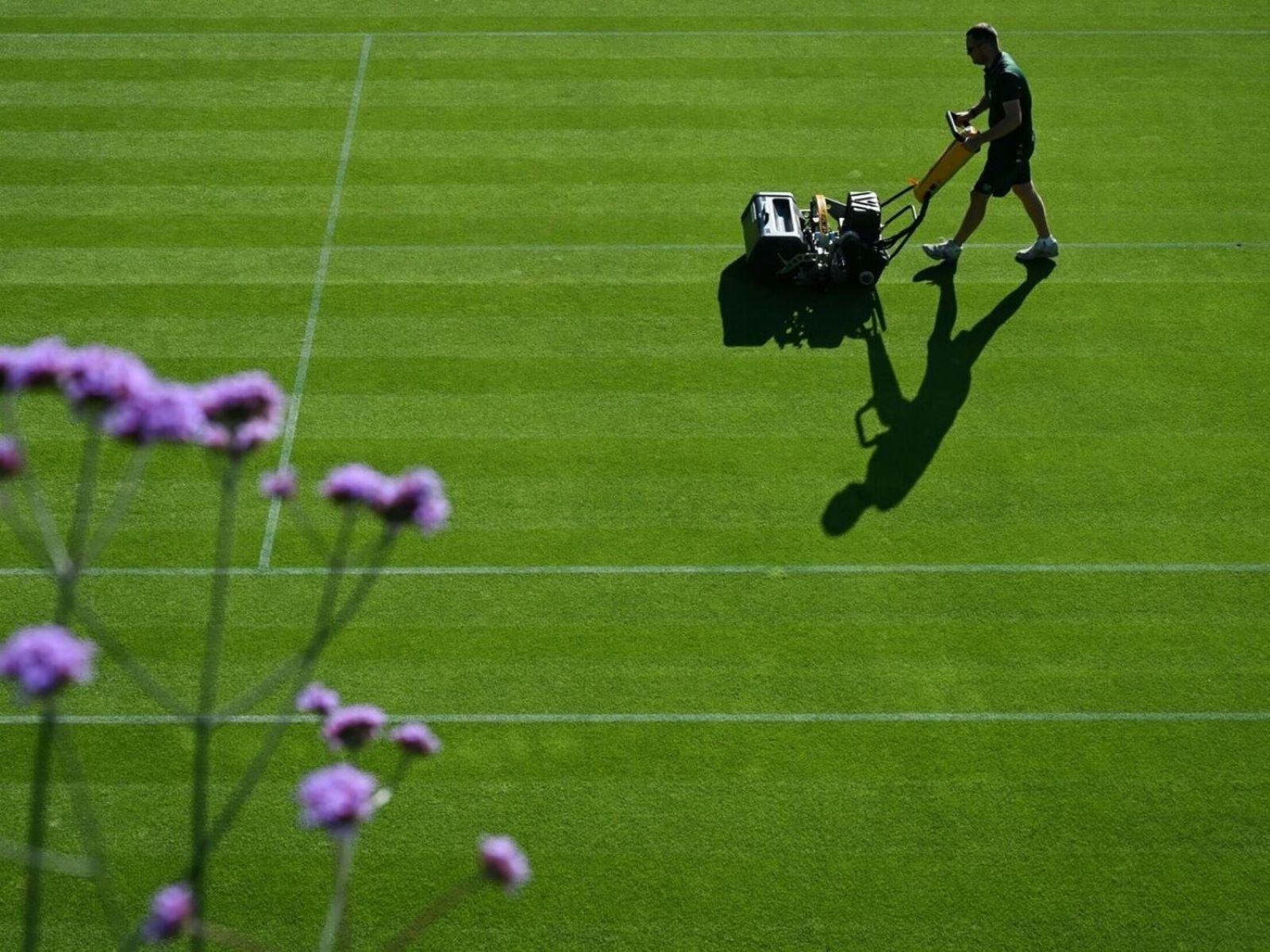

0 thoughts on “What Kind Of Grass Is Sod”